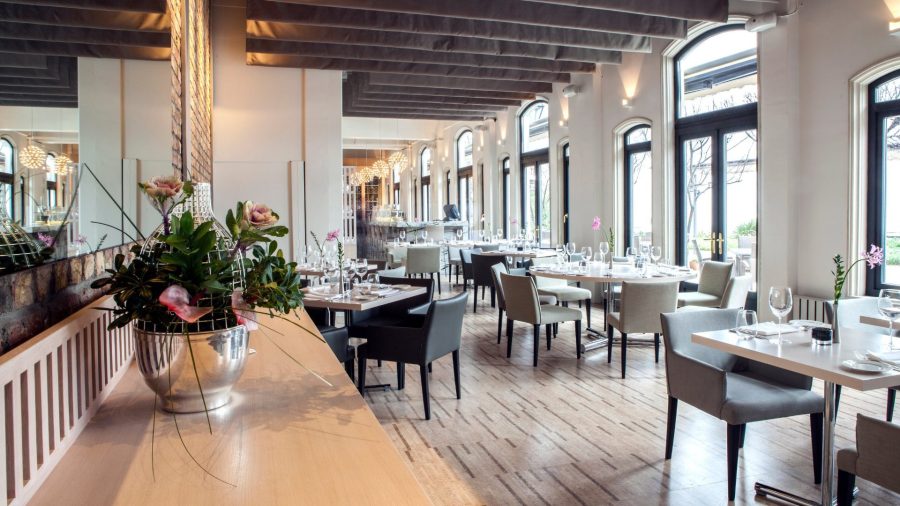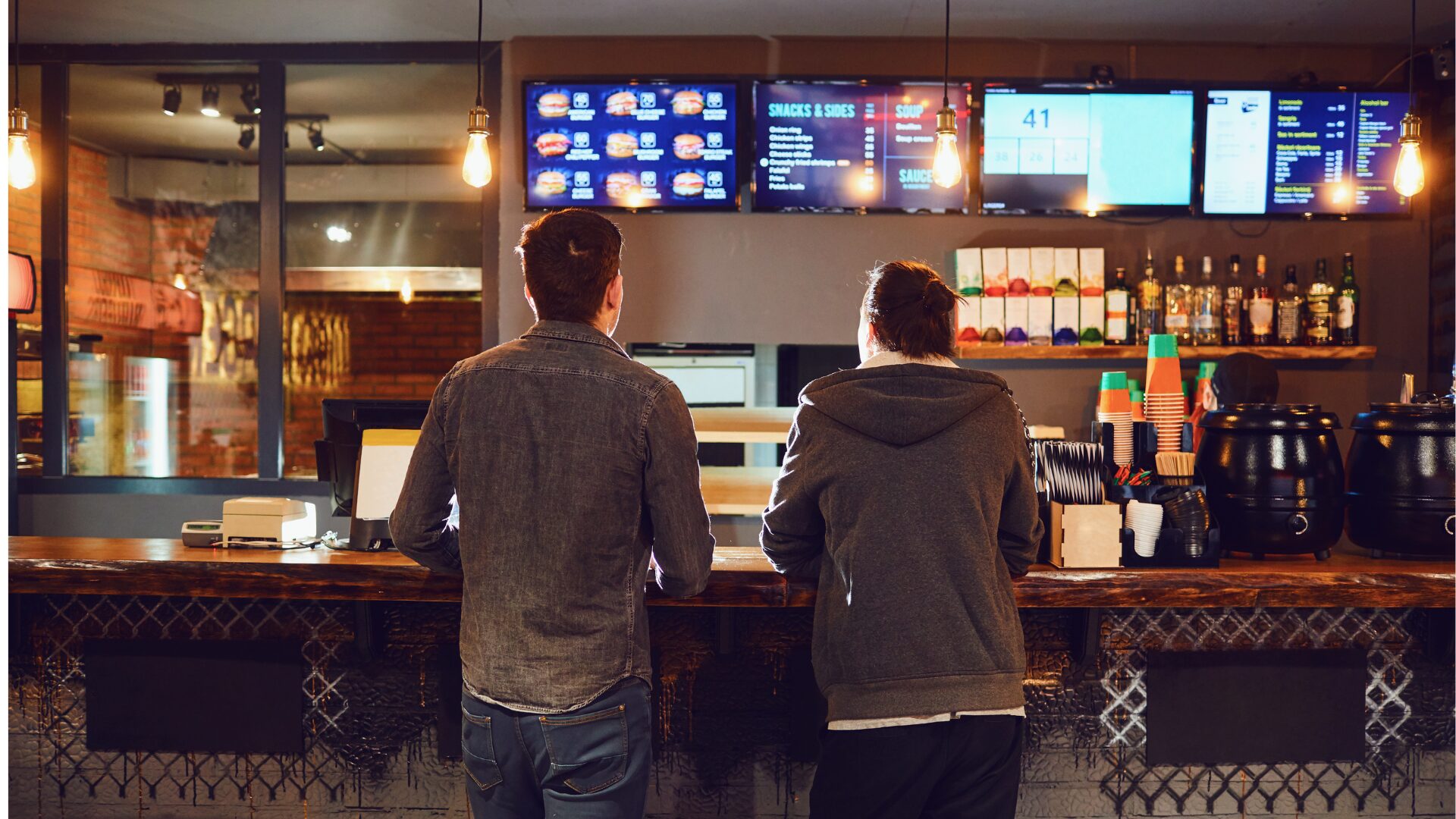While some might shy away from investing in restaurants right now, Dan Rowe is doubling down.
The way he sees it, even during a lingering pandemic, people still wake up hungry every day, so certain elements of the industry are bound to fully bounce back soon.
“We’ve always had these puzzles to solve. You know, there’s always been labor problems, as long as I can remember,” said Rowe, the CEO of Fransmart. “But it’s a problem worth solving. Right now is a good time. As sad as COVID is – 30% to 40% of all restaurants have closed [during the pandemic] or are severely limping – to me, it’s a big opportunity.”
Rowe spoke during The Food Institute’s recent webinar, which took a closer look at the top restaurant investment trends for 2022. The event, sponsored by Marcum LLP’s Food & Beverage Services Group and Mesirow Investment Banking, offered insights on trending food concepts from industry leaders like Rowe, Mark Leavitt (the co-founder of Enlightened Hospitality Investments), and Andrew K. Smith (managing director, Mercato Partners Savory Fund).
The panelists acknowledged that some elements of the restaurant sector have a murky outlook – fine dining is desperate for more employees right now, for example, and ghost kitchens may largely fall by the wayside soon, since the pandemic forced all restaurants to improve their off-premises procedures. That said, Leavitt said “now is a great time to be investing,” namely because it’s a less competitive environment and business real estate is readily available.
WHAT’S HOT
The speakers cited no shortage of restaurant trends that have piqued their interest of late, including:
Fast-casuals using innovative technology: The industry insiders noted that some fast-casual chains are deftly using technology like pay kiosks to navigate the ongoing labor shortage. Good use of today’s technology – like utilizing automat windows for food pickup – seems to be appreciated by consumers, Rowe noted, because it often improves restaurants’ efficiency.
The breakfast segment: Leavitt said he’s “dying” to invest in restaurants that focus on breakfast and brunch right now, for one main reason: “In one labor shift you can get three or four turns. At 7:00 in the morning you get the old [customers] that are up, then at 8:30 or 9 o’clock you get people that are working. Then, at 10 o’clock, you get the drinking crowd that’s coming in.”
Unique flavors: Many of today’s consumers – especially young adults – want to eat healthy. That’s why Rowe feels “plant-based is the next big thing.”
Meanwhile, Smith said “the data that we’re looking [shows consumers] want foreign flavors,” like Indian, Asian fushion, and Hawaiian.
PARTING SHOT
The panelists know that restaurant operators must carefully navigate the months ahead. In 2022, they feel the most successful restaurants will feature elements including:
- Sustainable products
- At least some healthy menu items
- Simple menus that, in the words of Rowe, “do fewer things better.”
The past 18 months have been stressful for many in the restaurant industry. Yet, that hasn’t extinguished the optimism of investors like Smith.
“With all the headwinds we have,” he said, it’s “just like a burning fire. If you have a hose, I’d say run in; there’s gonna be opportunity in it.”











